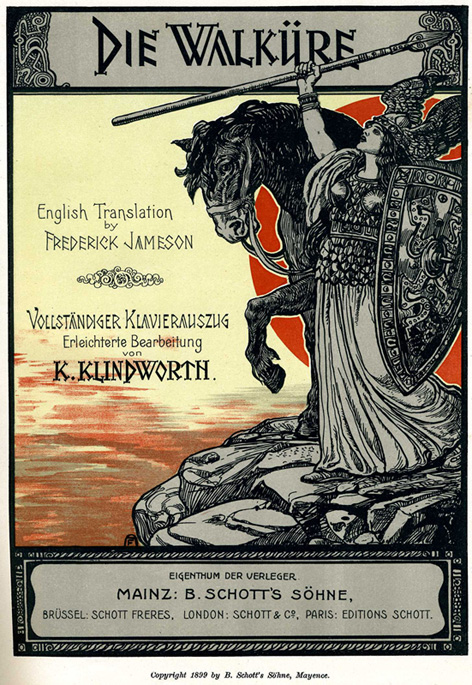Three items for you tonight. The video above, in case you care to view it, is my sermon last Thursday in the chapel of the Free Lutheran Bible College and Seminary in Plymouth, Minnesota. I note that it times out at 17 minutes, 57 seconds. The time frame they allotted me was 18 minutes. I did no padding or cutting on the sermon – it was the right length pretty much out of the chute. This is something I seem to have been born able to do, writing to a set time. I find it wholly inexplicable. Anybody know a politician who needs a speech writer? I work cheap. Preferably a conservative; I hate being a greater hypocrite than I already am.
Secondly, our friend Dave Lull, ever on the watch for references to the late author D. Keith Mano, for whom I cherish a fondness, sent me the link to this piece from National Review. An excerpt:
Keith was soon established within our senior ranks and was included in the periodic “off-sites,” where vexed NR policies were (endlessly) debated and (occasionally) resolved. He and I would sit together, two high-school sophomores in the back row of an algebra class, with D. Keith providing sotto voce commentary on the otherwise tedious proceedings. On one occasion I lost it and laughed out loud. NR publisher William Rusher, who on solemn occasions made himself available for hall-monitor duty, barked at us from across the room, “Perhaps Freeman and Mano would care to share that witticism with the rest of the group.” (We did not care to share it. It was about Rusher.)
Thirdly: Report from the writing front: I’m in the process of doing a paper revision on The Baldur Game. It’s well known that I’ve been almost entirely assimilated by the digital Borg; I read and write mostly electronically. Yet I retain a semi-superstitious conviction that I ought to do at least one revision per book in red pen on printed sheets. That’s what I’m doing right now.
And you know what? It does seem to be different on paper. I almost feel as if I’ve re-written the book by hand, in red ink. (Some of it’s even almost legible.)
I had thought the polishing stage was almost complete on this thing. I was surprised find so much substandard writing all of a sudden, like shining ultraviolet light on a crime scene. I’ve never noticed any difference in the reading experience between paper books and my Kindle. Yet revision, somehow, seems to be different.






